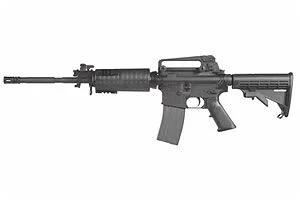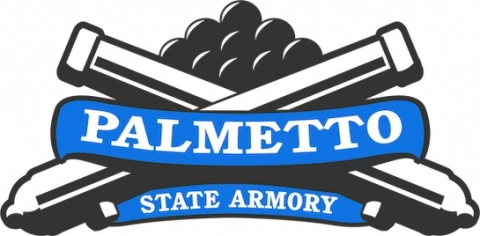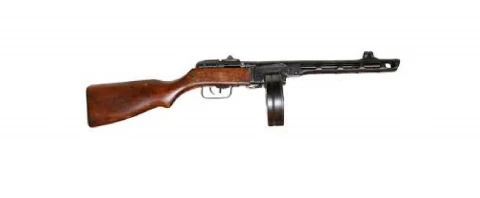Bushmaster Gas Piston 90294 vs TNW PPSh-41
Put rifles head to head to compare caliber and more.
|
$1110.50
|
vs |
$1418.00
|
| Rifles | Bushmaster Gas Piston 90294 | TNW PPSh-41 |
|---|---|---|
| Summary | ||
| Rating | ||
| Rank | ||
| Action | Semi-Automatic | Semi-Automatic |
| Caliber | .223 Remington | 7.62x39mm Soviet |
| Barrel Length | 10.6 | |
| Finish | Black | |
| Sights | Iron Sights | |
| Gun Type | Rifle | |
| Details | ||
| Brand | Bushmaster | TNW Firearms |
| Reviews | See 2 Reviews | See 1 Review |
| Prices | ||
| MSRP | $1,081.50 | $1,400.00 |
| Used Price | $757.05 | $980.00 |
| Sale Price | $973.35 | $1,260.00 |
Rifles Descriptions
Bushmaster Gas Piston 90294
The Bushmaster Gas Piston System Rifles bring new levels of reliability to the “AR” type rifle platform by eliminating carbon build up, gas leaks and heat within the Upper Receiver. The Gas Piston System operates by tapping gas pressure off the barrel much like the systems found on AK-47s and FALs * Functions with a wider range of ammunition - less gas pressure - lower cyclic rate * Offers improved reliability and control - with cleaner operation and reduced recoil * Keeps carbon build up and powder residue from reaching - and fouling the Upper Receiver and Bolt Carrier * A Detented Plug in the Gas Block allows easy cleaning of the Systems’ Hard Chrome Plated Piston
TNW PPSh-41
Semi-auto replica of famous Georgi Semenovich Shpagin rifle that defend StaligradA Brief History of the PPSh-41 (Pistolet-Pulemyot Shpagina-1941) During WWII, Russia found itself needing a rapid fire Sub Machinegun (SMG) to counter the pitfalls of what is now known as urban warfare. The Russian leadership wanted a less expensive alternative to the Pistolet-Pulemyot Degtyaryova (PPD-40), which was a close copy of the German Bergman MP-18. Enter Georgi Semenovich Shpagin. Born in 1897 in the village of Klyuchnikovo to a peasant family, he was called into service around 1916 for the Russian Army and ultimately found his niche as an armorer in an infantry regiment. During the Soviet-Finnish War of 1939-40, the Finns had considerable battlefield advantage over Shpagin's Comrades due to their employment of an established machine gun. The Soviet High Command gave immediate order to find a weapon to counter and ultimately turn the tide for the Mother Land. In early 1940, Shpagin delivered a prototype that was easily manufactured and based on a readily available military cartridge - the Tokarov 7.62x25. After extensive testing the Shpagin prototype stomped the competition and in July of 1941 production began in the face of the rapidly advancing German Army.



